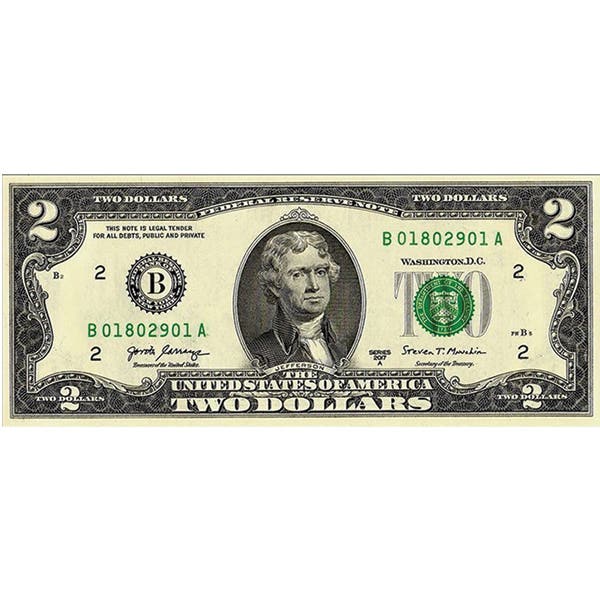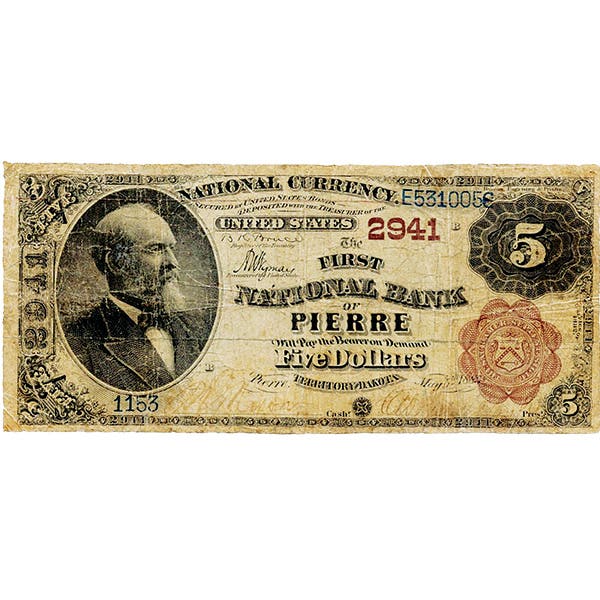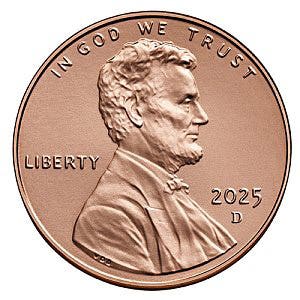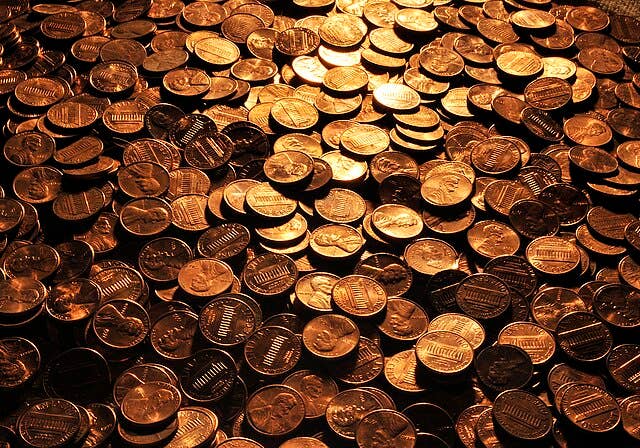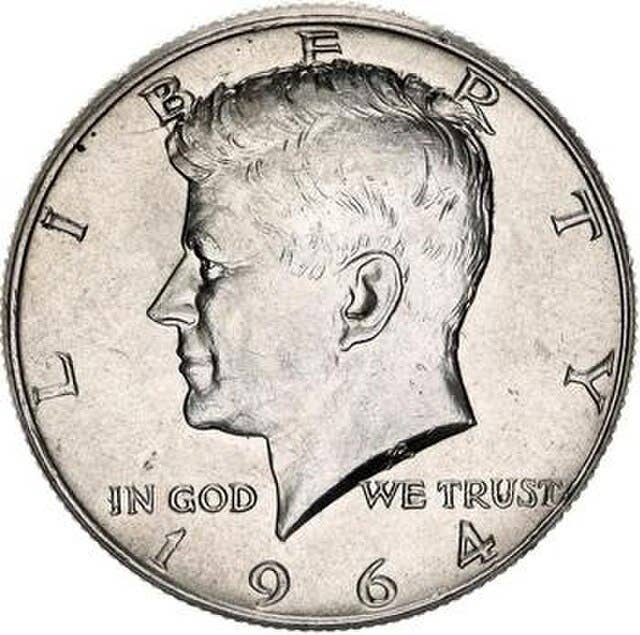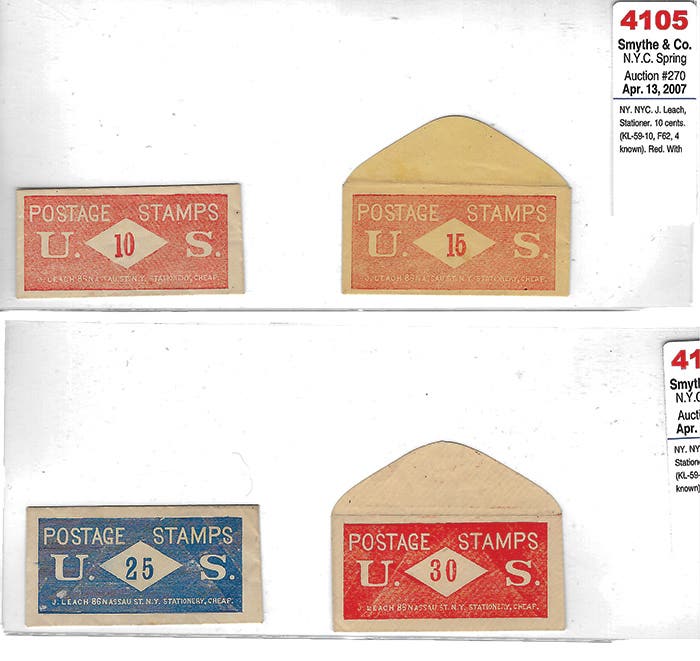Hamilton was right in creating U.S. Mint
As numismatists study the coins and the condition surrounding their creation, there are economists that attempt to convince us the market in which we live needs change.
As numismatists study the coins and the condition surrounding their creation, there are economists that attempt to convince us the market in which we live needs change. Rather than looking at sound policy, economists approach the issue with a single agenda and try to use the emotion of current events to make their points. When I read, “Get government out of the coin manufacture” by George Selgin (NN, Oct. 7, 2008), I felt that Selgin was using emotion to justify his views on economic policy.
Selgin, who is on leave from the University of Georgia, my undergraduate alma mater, opens his tome by decrying the shortage of bullion coins from the U.S. Mint and suggests the non-government entities could do better with the supply chain. Rather than remind Selgin that the colleagues he left behind in Athens are struggling with a gasoline shortage managed by the private industry, there are policy reasons to keep the U.S. Mint.
A standard of economics is that a government steps into markets when there are market failures. This was cemented in United States public policy with the interstate commerce clause of the Constitution. Alexander Hamilton explained this rationale in the Federalist Papers arguing in the context of the necessity for a common defense of all states to protect the commerce for all.
Hamilton recognized that market failures caused by individual action would limit growth. Rather than let the fractured market drive economic matters, he understood that a strong central government was necessary to maintain standards for the common good.
“The great leading objects of the federal government, in which revenue is concerned, are to maintain domestic peace, and provide for the common defense. In these are comprehended the regulation of commerce that is, the whole system of foreign intercourse; the support of armies and navies, and of the civil administration,” Hamilton said to the New York Ratifying Convention in 1788.
Hamilton further explained how government control was necessary to stabilize markets in his 1791 report to congress on the establishment of the Mint. In that report, Hamilton notes that the disorder of the market created by the lack of regulation of foreign coinage. Not only were there problems with the quality of the specie and the, “unequal values allowed in different parts of the Union to coins of the same intrinsic worth... the dissimilarity in the several monies of account, are inconveniences, which if not to be ascribed to the want of a national coinage, will at least be most effectually remedied by the establishment of one.”
Numismatists who study early American coinage confirm the disorder when studying counterstamped coins. They explain that merchants would guarantee the weight and quality of the foreign coins that were used in commerce with counterstamps. It was an attempt to create a trust in the market that Hamilton noted was lacking.
Since the establishment of the United States Mint in 1792, the use of its specie in commerce provided a consistent value for market acceptance. The practice of counterstamping went away with the issue of a government-sponsored specie. While there have been issues with the price of metals and availability, the government coinage operation has helped build the economy.
Selgin uses the growth of private mints in Great Britain during the early 19th century as an example of how a private coinage market could work in the United States. His argument shows its flaws when we look at this policy’s effect on the British economy in 1825. During the Panic of 1825, the distributed nature of the gold stores in the British banking system, excessive speculation, and lack of oversight from the government of George IV caused many bank failures. The Bank of England was on the brink of failure after losing control of gold stores that were being held by these private mints and banks. Great Britain had to accept a loan of gold from France to prevent the Bank of England’s collapse.
Does this sound familiar?
Being able to manage the money supply has been the hallmark of the U.S. economy even during bad times. Although the Panic of 1907 and the Great Depression put great strains on the economy, the U.S. had better control of its currency and gold keeping that prevented the near collapse of Great Britain in 1825. Today’s economic crisis can be managed (albeit reluctantly) without having to worry about having someone drop tons of gold on our shores in order to maintain the Federal Reserve.
These lessons of history prove that Alexander Hamilton was correct in his creation of a central government mint to help manage the money supply.
The U.S. Mint is the world’s largest manufacturer of coinage. They are subject to market conditions that have to be managed, as would any manufacturer. Maybe the manufacturer’s board of directors (Congress) and it shareholders (the taxpayers) should question how the managers are doing their jobs. Making them accountable will fix more issues than ignoring 216 years of history.
Scott Barman is a hobbyist from Rockville, Md., and writes about numismatics on his blog, coinsblog.blogspot.com.
Viewpoint is a forum for the expression of opinion on a variety of numismatic subjects. To have your opinion considered for Viewpoint, write to David C. Harper, Editor, Numismatic News, 700 E. State St., Iola, WI 54990. Send e-mail to david.harper@fwpubs.com.




